March 17-23, 2024
Always Changing
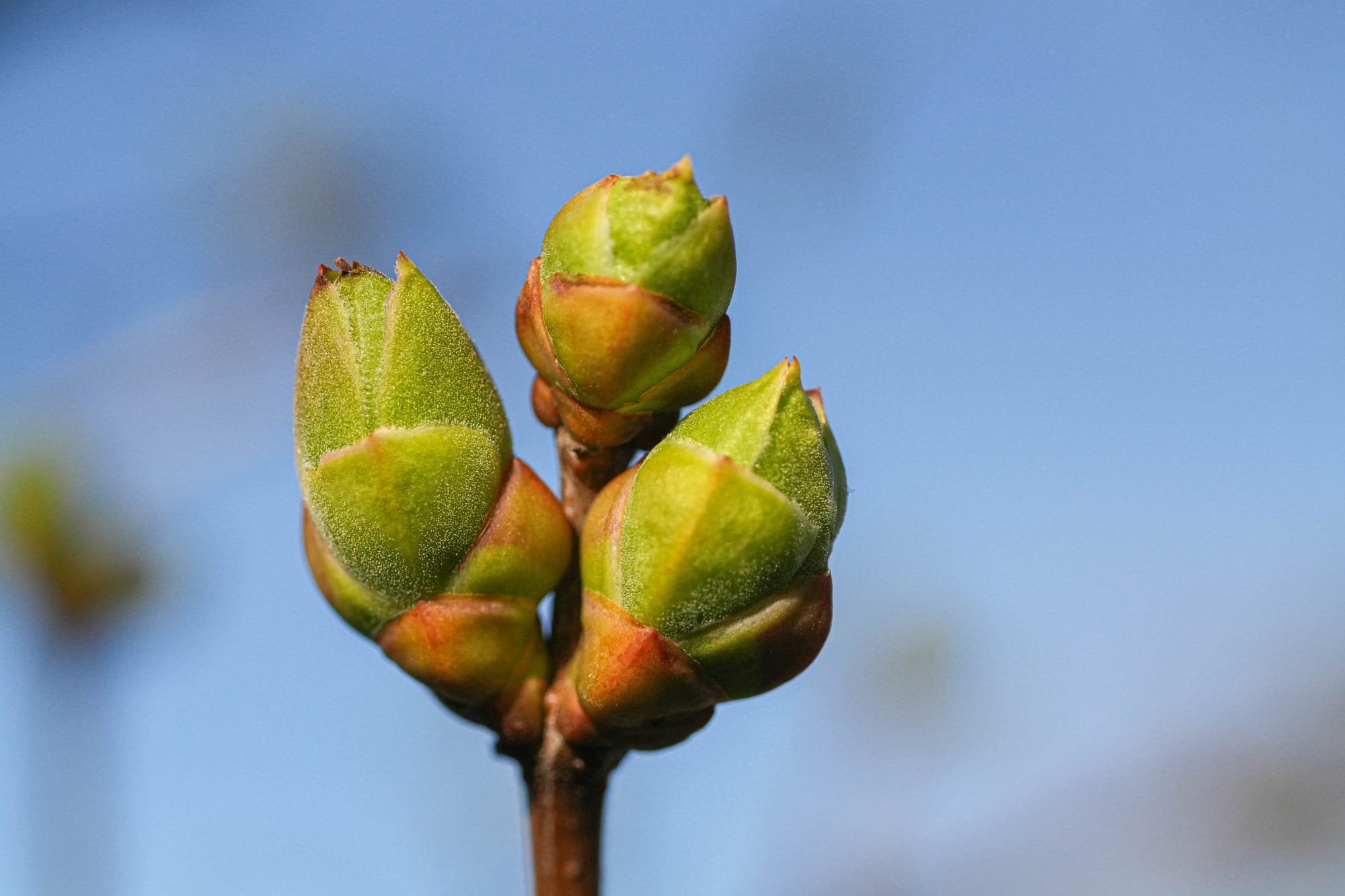
We're entering that long, moody stretch when warm spring days trade back and forth with late-lingering winter weather—in what T. S. Eliot calls the "cruelest month."
Week in Review
While most of the week was delightfully warm and sunny, by week's end we'd almost predictably returned to gloomy skies, a chill, and threat of rain.
Sunny days were enlivened by swallows darting overhead, butterflies flickering along wooded roadsides, and the first flowers emerging from damp ground, but all this excitement became noticeably subdued with the arrival of cooler temperatures.
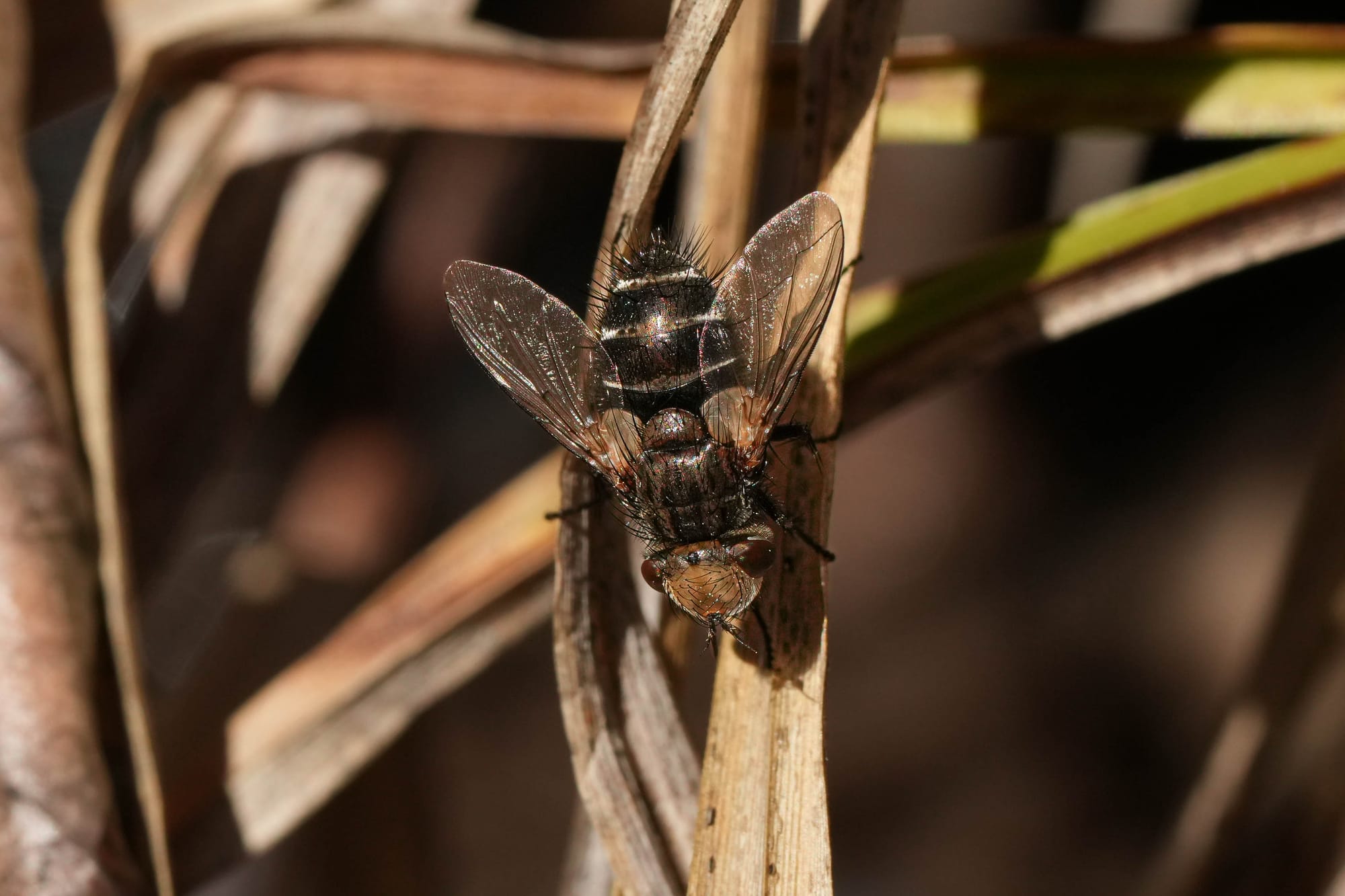
It's still early for flowers but there were scattered sightings of single flowers (or even small groups) of our classic early blooming species, including bluebells, yellow bells, spring beauty, and steer's head. All of these, except for steer's head, will become much more obvious over the coming weeks.
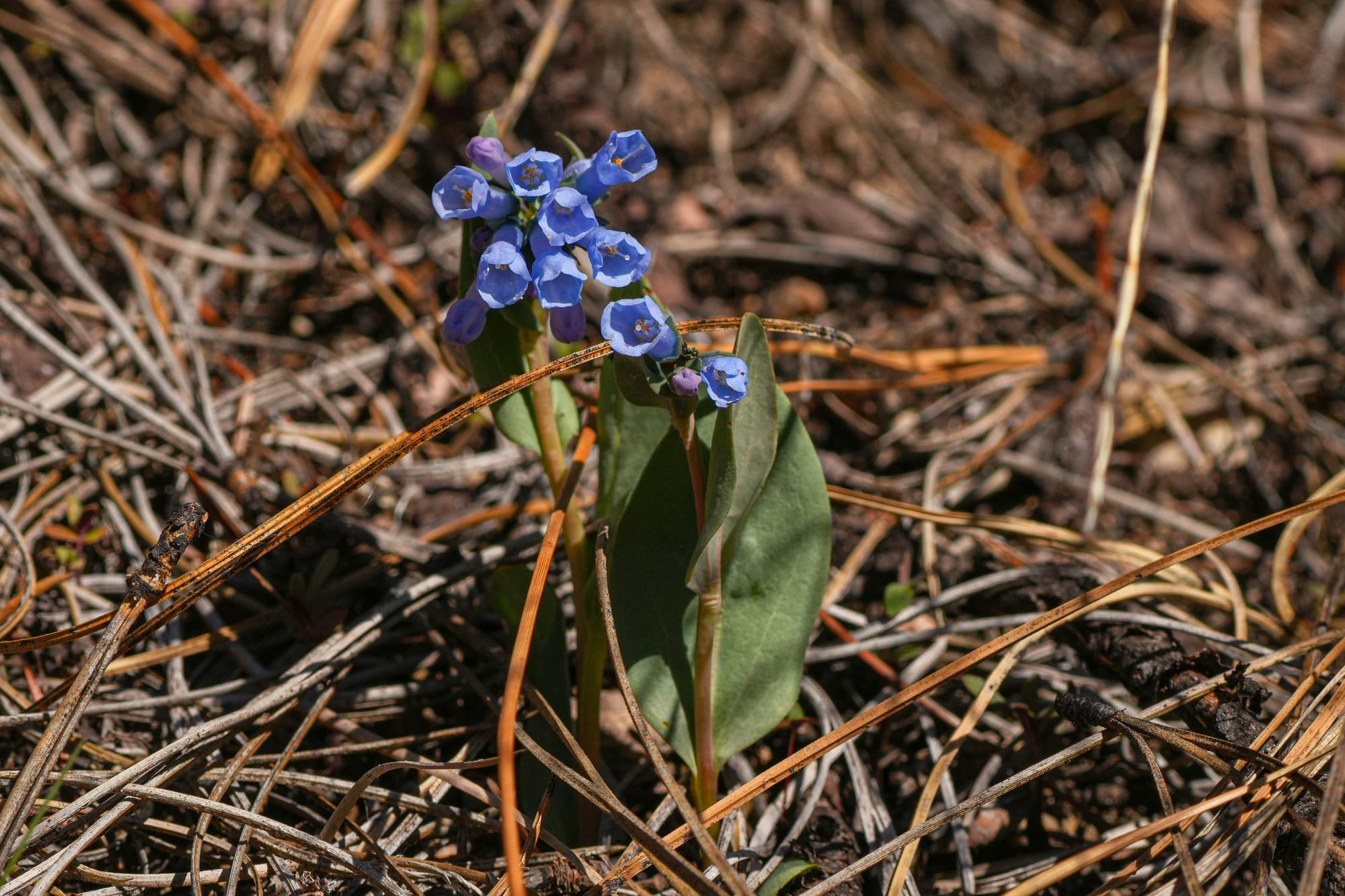
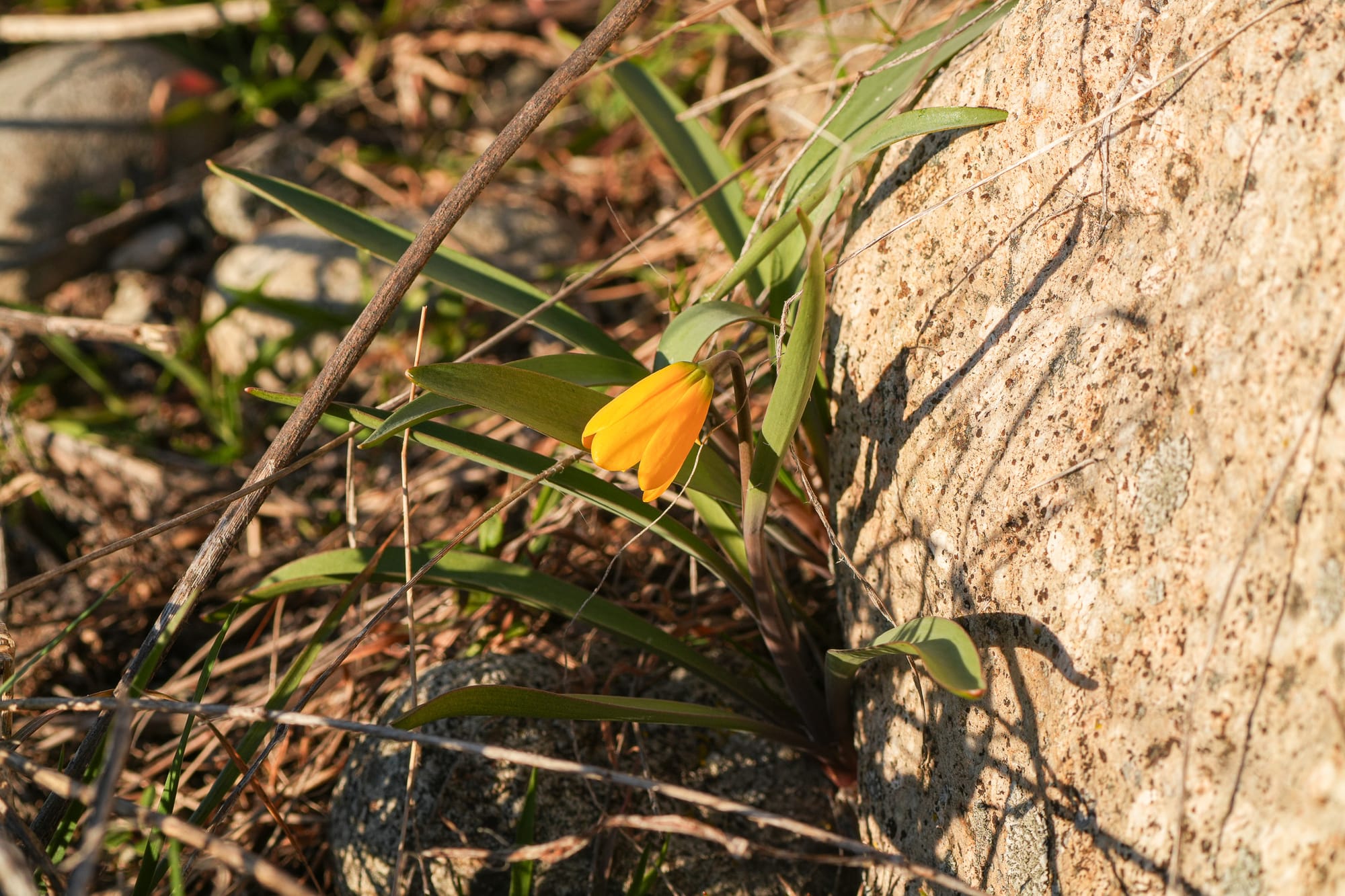
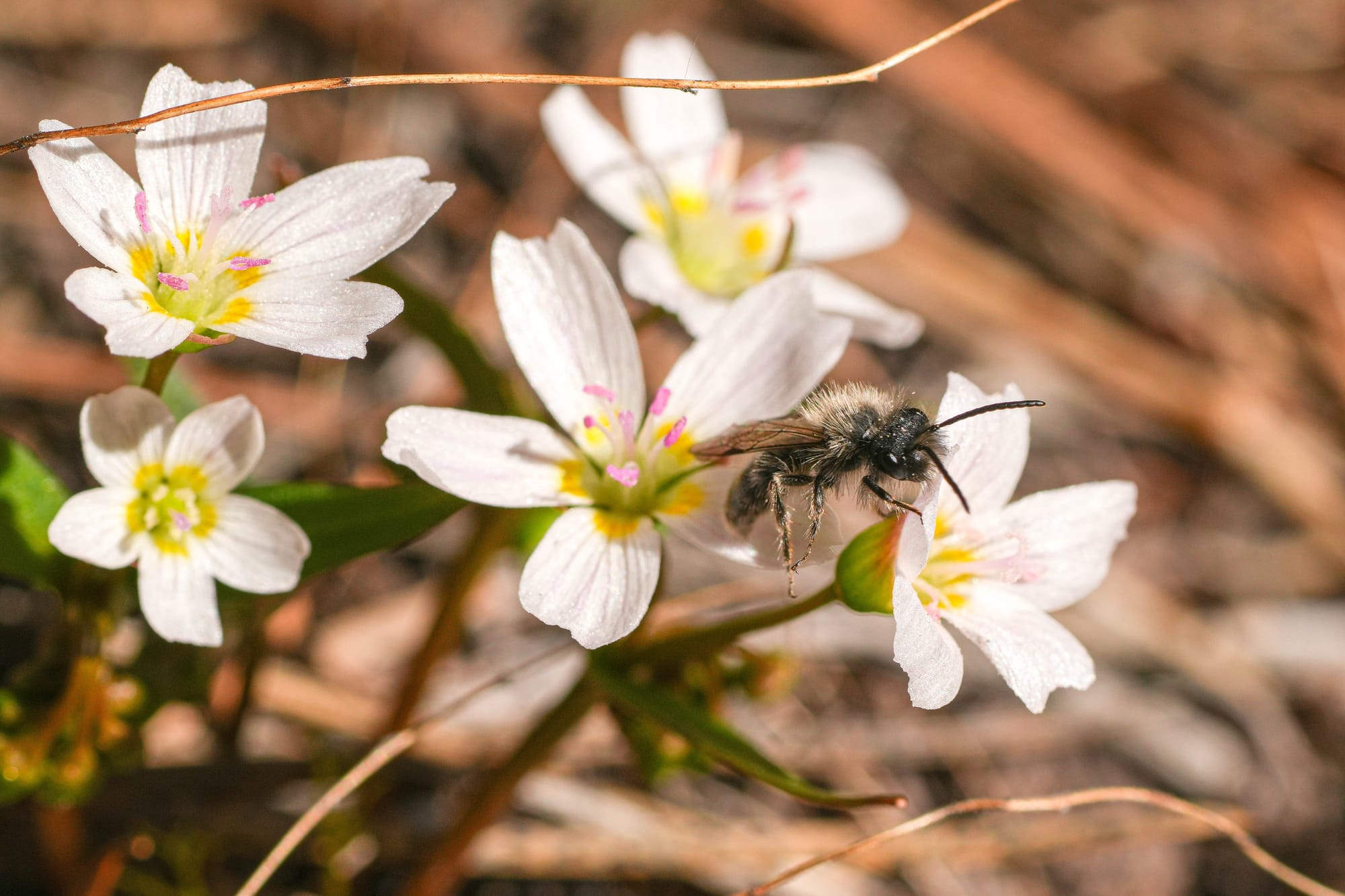
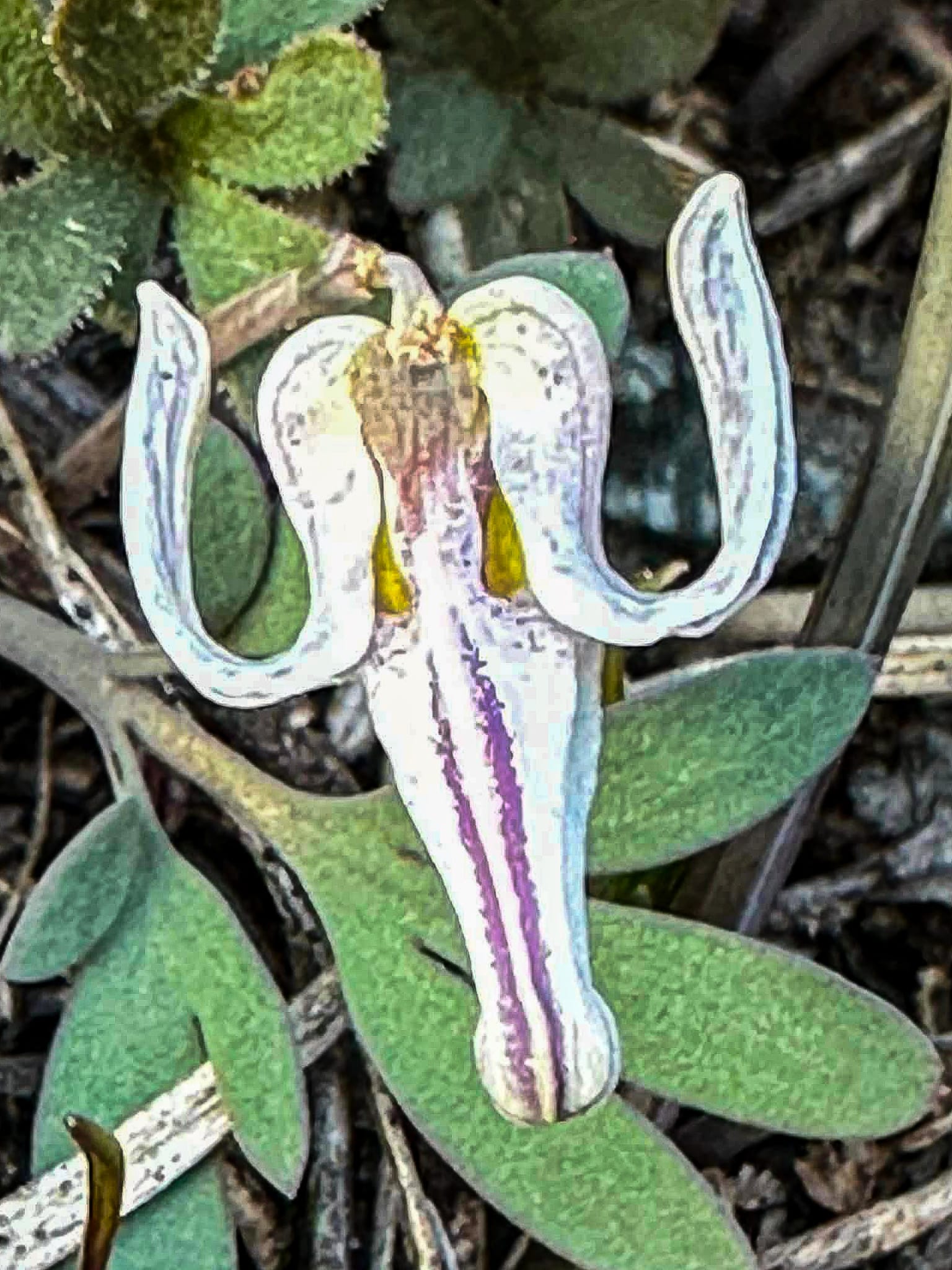
Even as a few flowers are poking their heads out, several of our butterflies were in peak form this week. If you had a chance to walk any one of our forest roads you would have been greeted by dozens of mourning cloaks, anglewings, and tortoiseshells dancing up and down and racing back and forth along the roadside or landing on lingering patches of snow and ice.
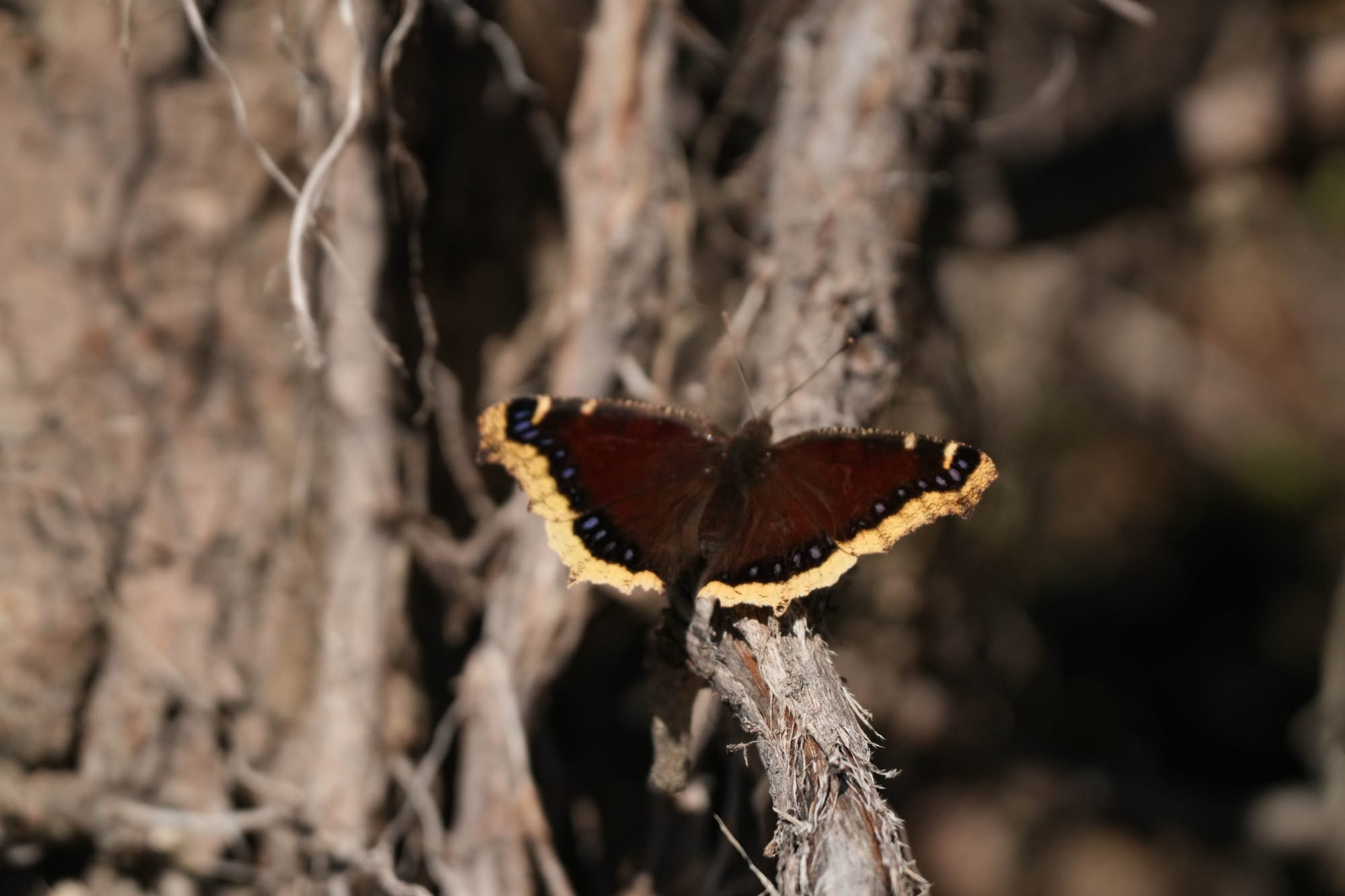
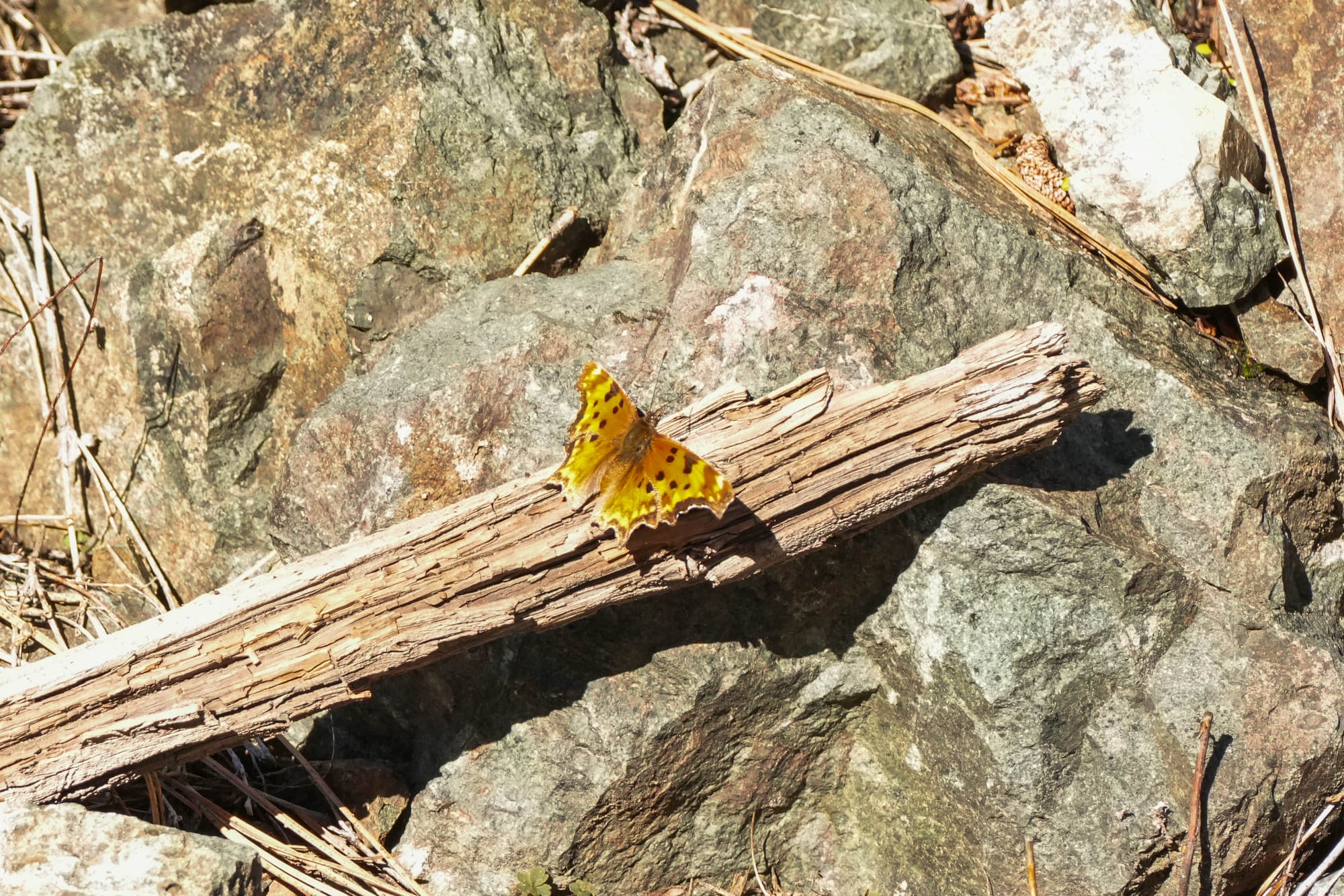
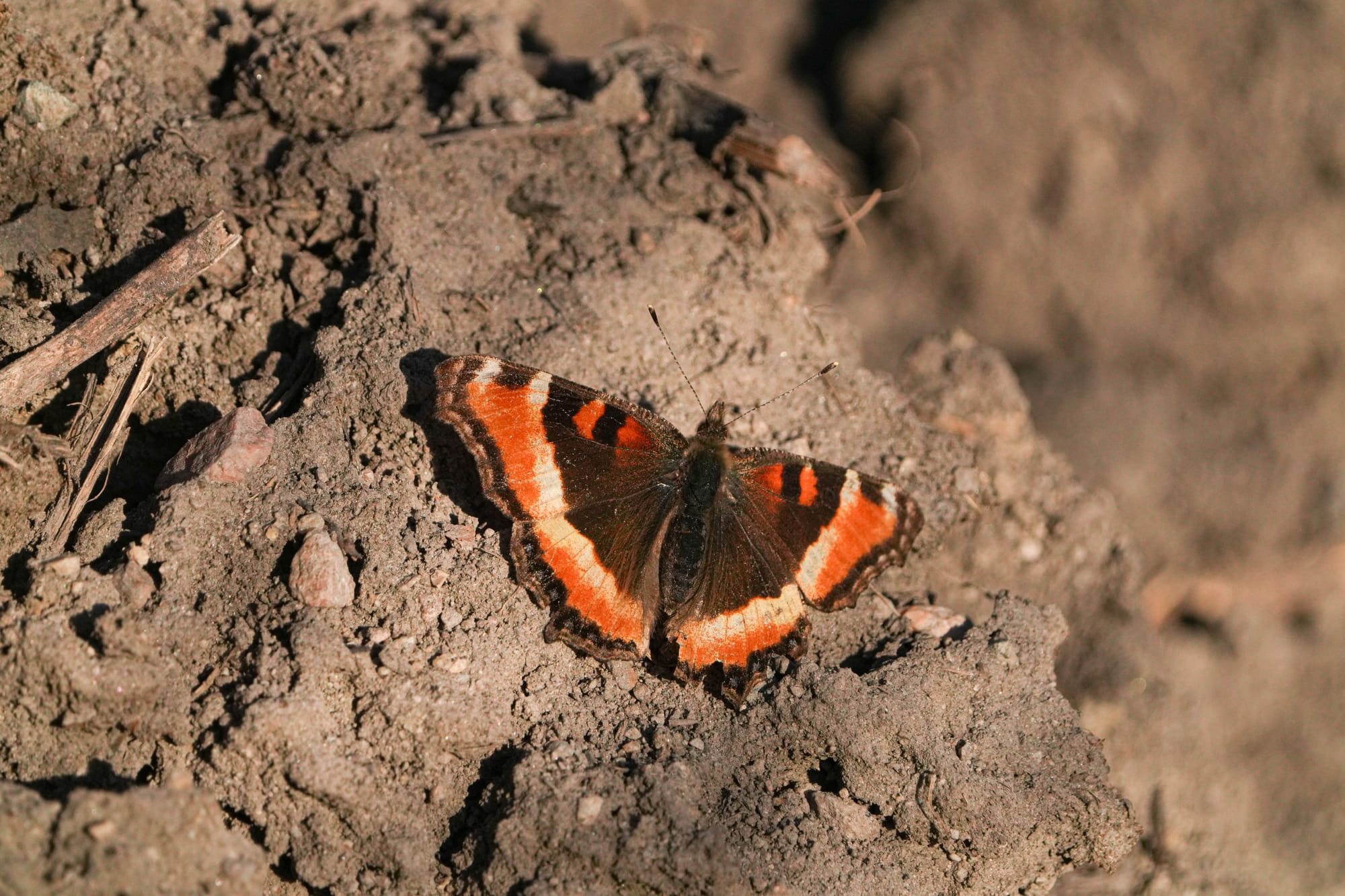
Birds are also shifting in response to the changing seasons. Western and mountain bluebirds have been checking out nestboxes, while tree and violet-green swallows and Say's phoebe are looking for places to nest as well.
The variety and numbers of water birds have also been increasing. Six trumpeter swans appeared for the first time (since late December?) on March 17, along with a group of 14 northern pintails. Scaup, teal, ring-necked ducks, and coot are among several other water birds that are apparent now.
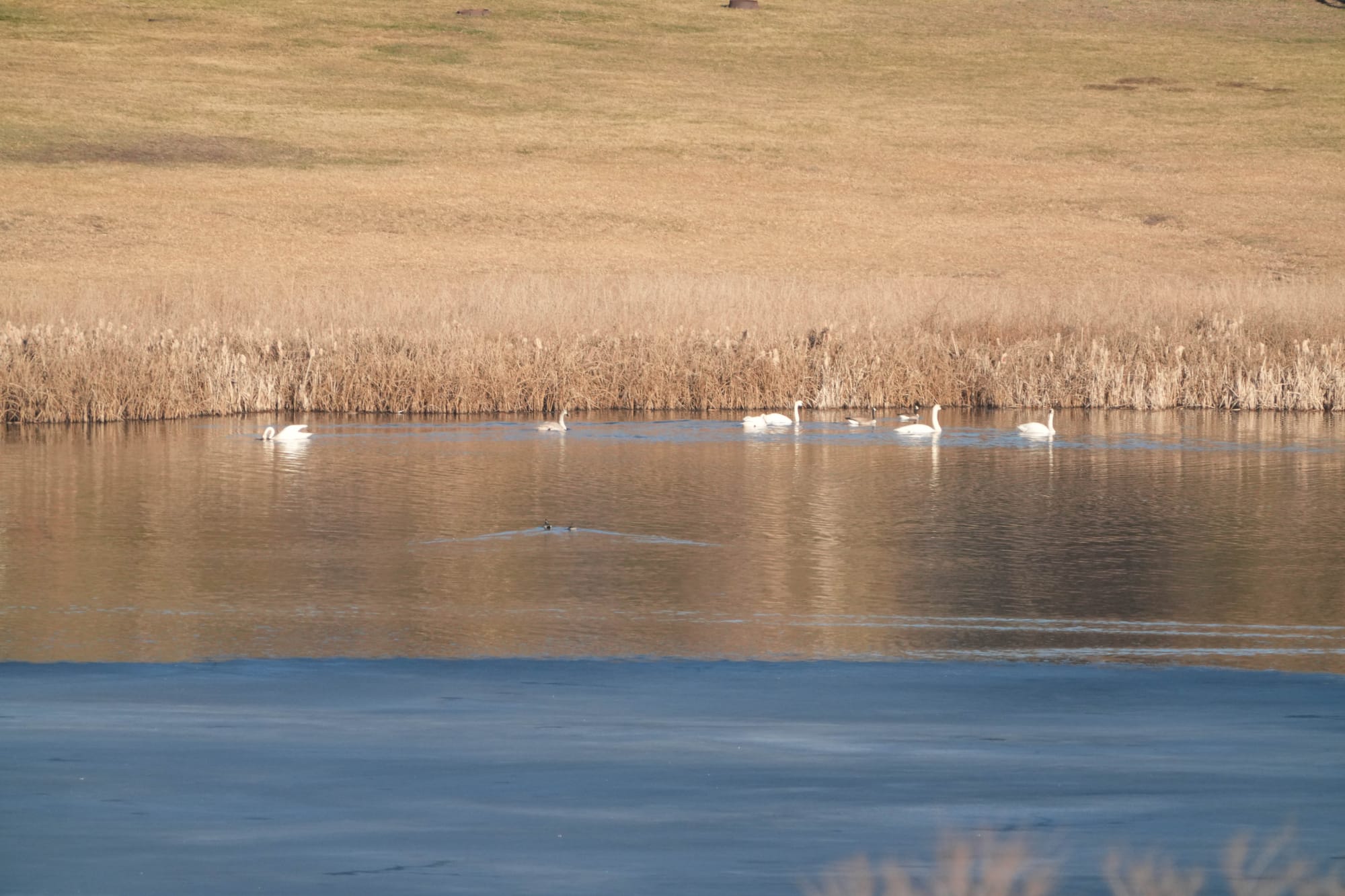
Observation of the Week: Killdeer
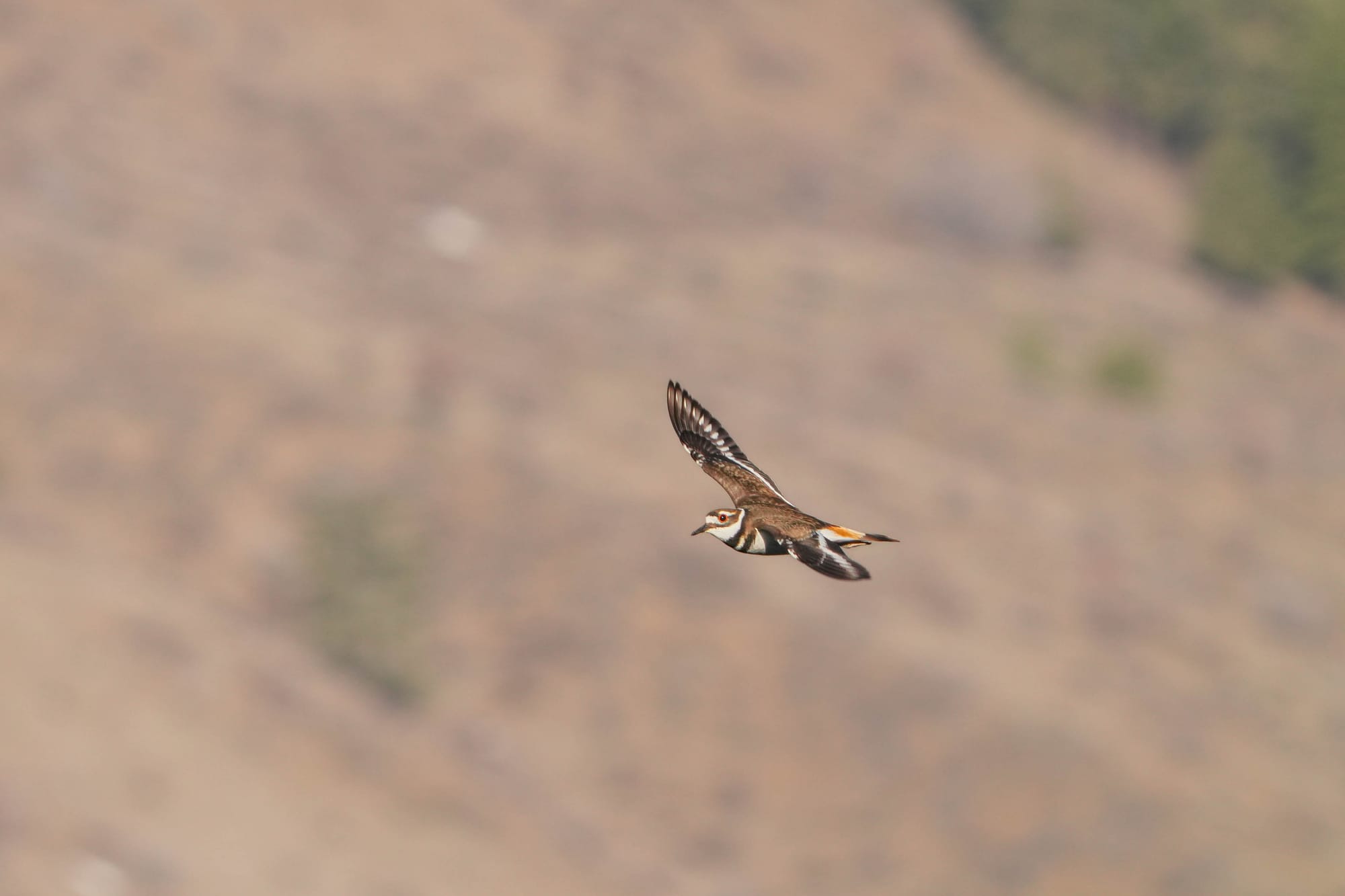
As soon as snow and ice roll back to reveal moist, exposed soils on open flats around the valley, killdeer return with a noisy show of force. These ground-dwelling shorebirds would be mostly inconspicuous, but they have a loud, and very peeved, way of announcing their presence.
They seem to be especially noisy right now, so I'm guessing they're establishing territories and squabbling over where these territorial lines lie. For example, one pair has been loudly calling and circling my neighborhood, while another pair just down the hillside is doing the same thing.
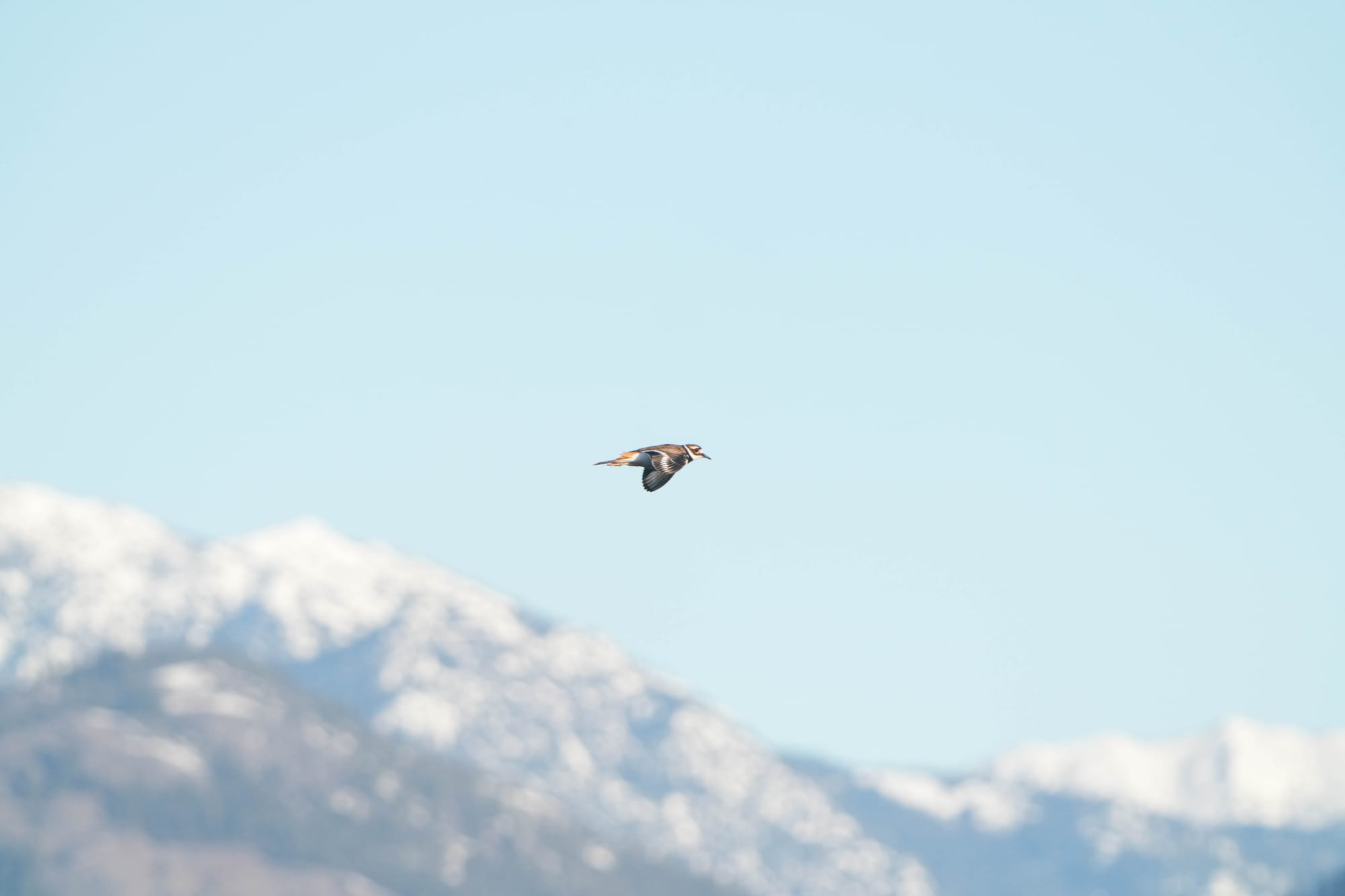
Because these birds live on the ground, they generally want to remain well camouflaged, but at the same time, killdeer specialize in using bold colors and loud calls to startle and distract potential predators.
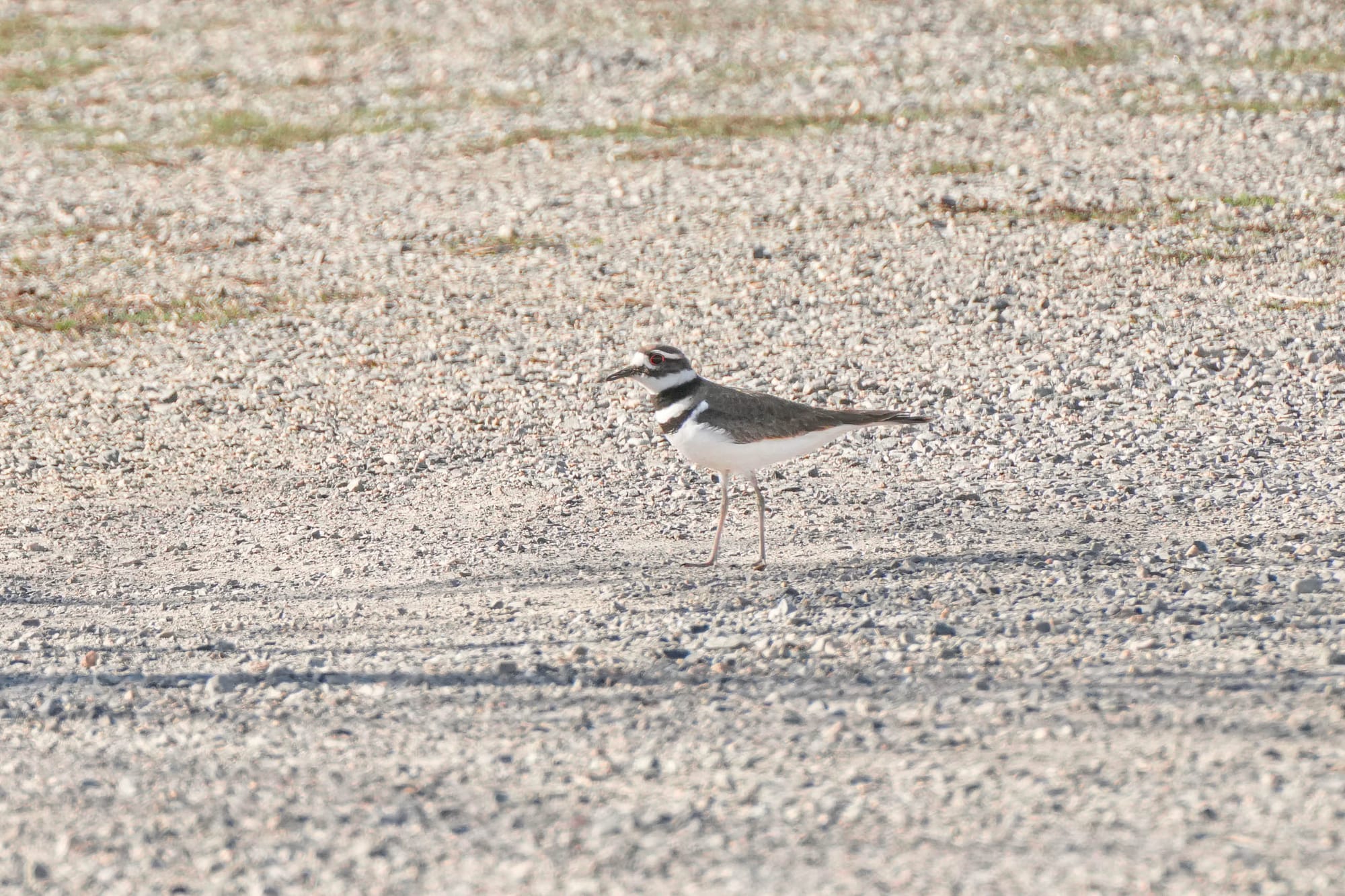
Killdeer can turn one way and be hidden by their sandy-colored feathers or turn another way and startle you with the bold, black bars on their chests. If that isn't enough, they will leap into flight and flash a brilliant orange rump at you as they fly away.
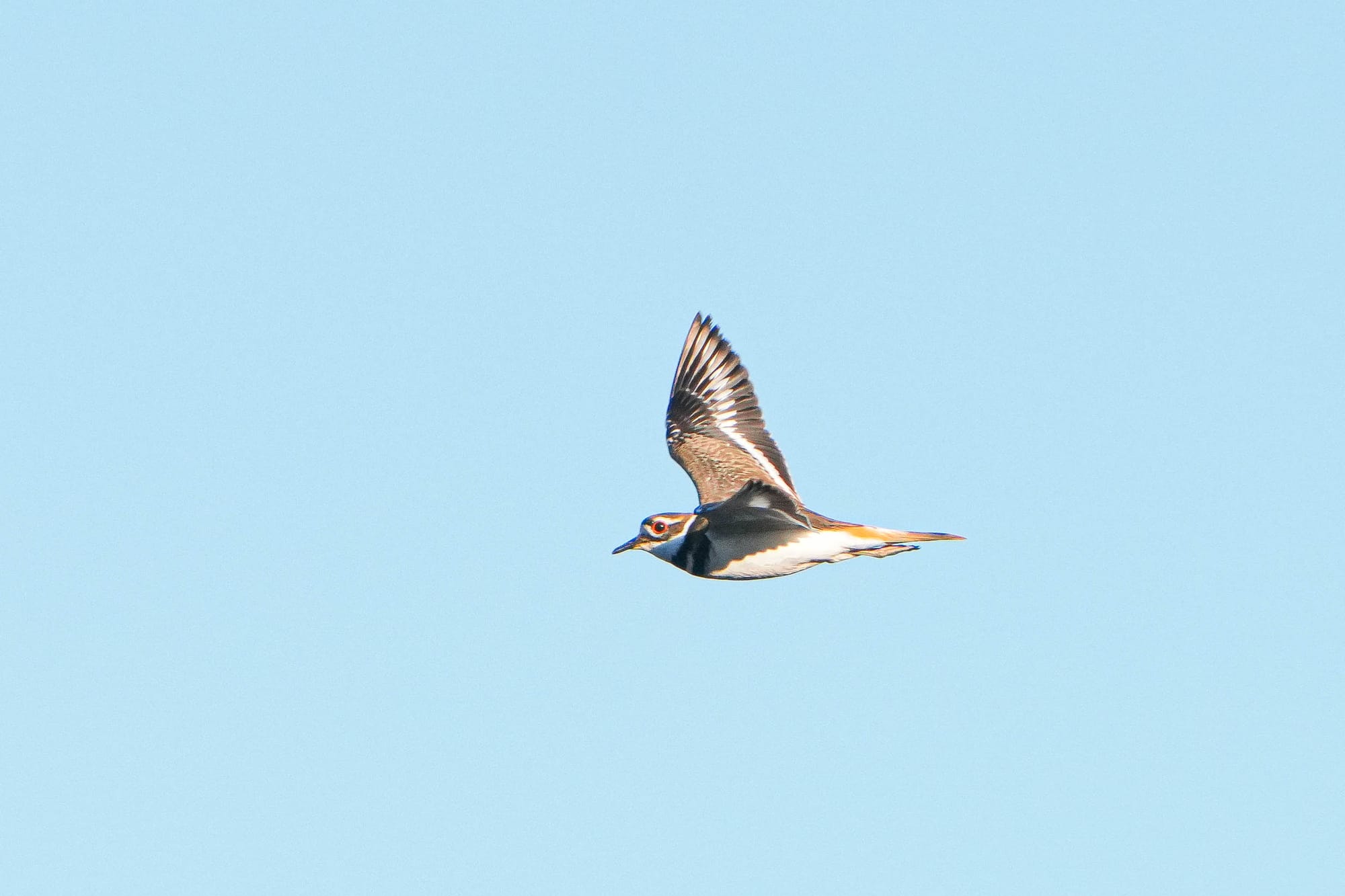
Together with their loud kill-deer calls, and a unique "broken wing" behavior, these strategies are mostly used to lure predators away from eggs and chicks that will be vulnerable on the ground later in the season.

